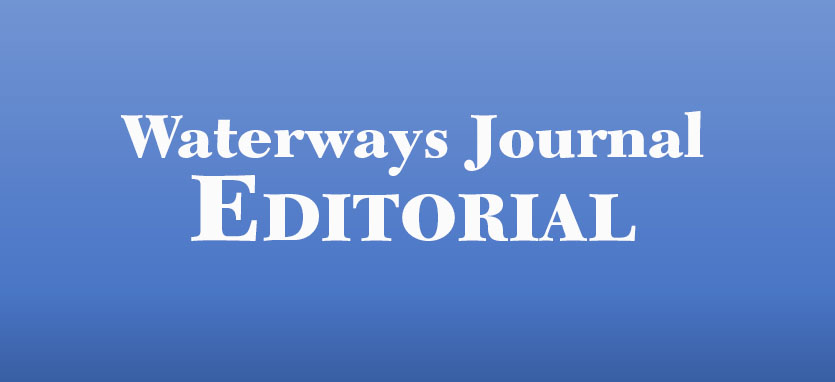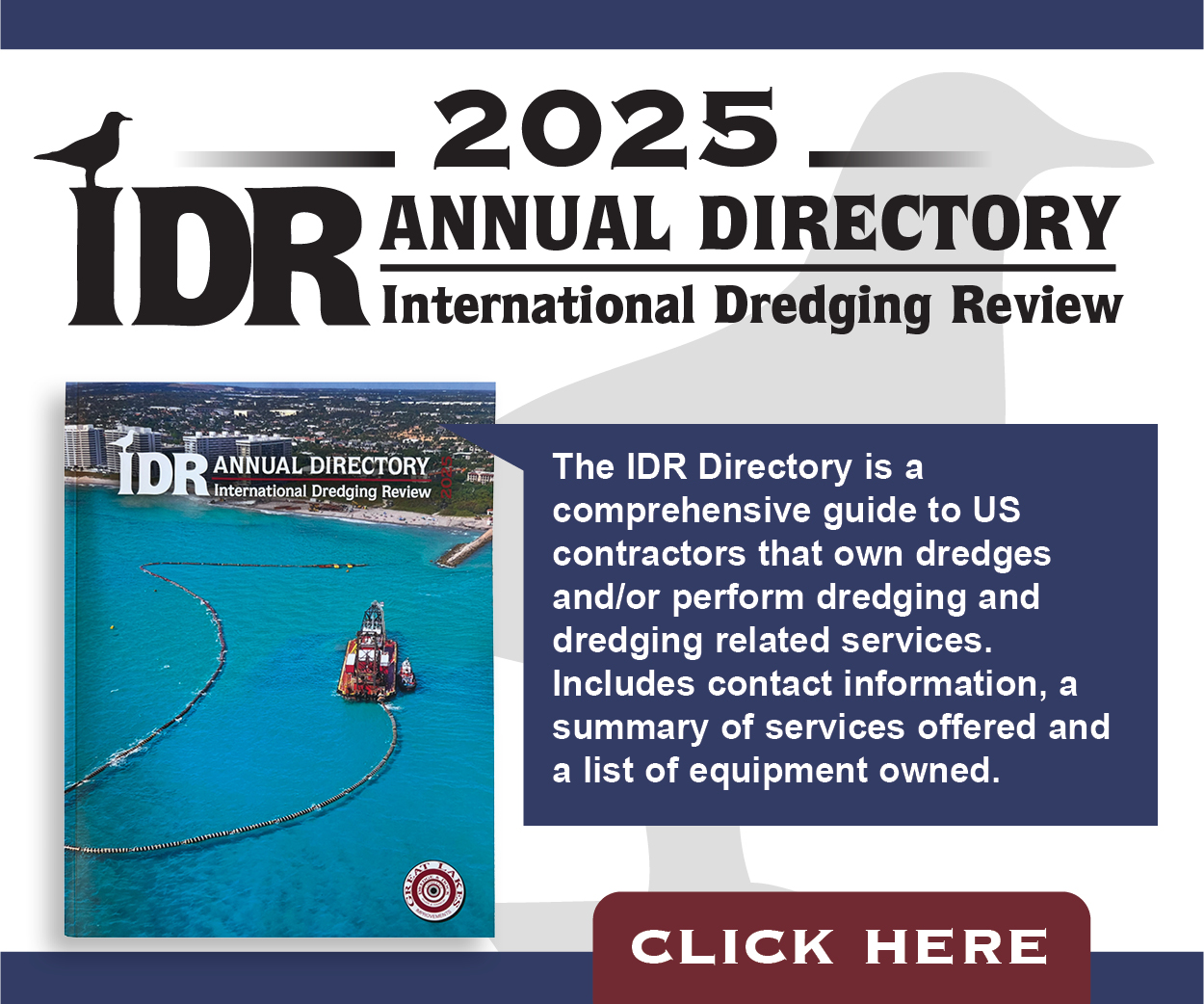In testimony before a February 13 hearing of the U.S. Senate Commerce, Science and Transportation Committee, the American Association of Port Authorities (AAPA) argued that “nowhere in the country are there such stark examples of unmet infrastructure needs than in America’s ports, and in the land- and water-side transportation connections to them.”
“During the past six decades, there’ve been eight evolutions of the containership, resulting in ships today having capacities of 18,000 TEUs and beyond, while our country has relied upon essentially the same infrastructure to accommodate and facilitate an astronomical growth in freight volumes,” AAPA Chairman William D. Friedman, CEO of the Cleveland-Cuyahoga County Port Authority, testified before the Senate Commerce, Science and Transportation Committee this week. “Clearly, multimodal project funding levels and multimodal project eligibilities need to be improved.”
Friedman noted that in 2018, AAPA member port authorities identified more than $20 billion in multimodal funding needs over the next decade.
One of AAPA’s urgent recommendations deserves special notice. It is asking that all federal freight program funding be 100 percent multimodal (versus being mode-specific).
The FAST Act, for example, signed in 2015, authorizes $305 billion over fiscal years 2016 through 2020 for highway, motor vehicle safety, public transportation, motor carrier safety, hazardous materials safety, rail, and research, technology and statistics programs.
Removing modal restrictions on federal freight and transportation grants makes great sense not only in general, but for inland waterways interests in particular. The old approach of seeing the different transportation modes as rivals or competitors is increasingly irrelevant. Not only are all freight modes becoming more interdependent, they are converging. Container-on-barge on the rivers is just one example of the modes becoming more tightly knitted together.
Removing modal restrictions would spur creative thinking and open the way for innovative partnerships in grant proposals. A barge terminal could partner with, say, a railroad or state highway agency for a particular proposal, strengthening its chances. An integrated transport vision would be built in from the start.
It would still be up to proposal teams to come up with innovative proposals. A lot of hard, creative work would have to be done. Removing modal restrictions would also fit in well with President Donald Trump’s stated goal of streamlining regulations and reducing bureaucratic delays.
Instead of “siloing” freight and transportation grants in the different modes, let the best proposals in all modes compete and win on their merits.




